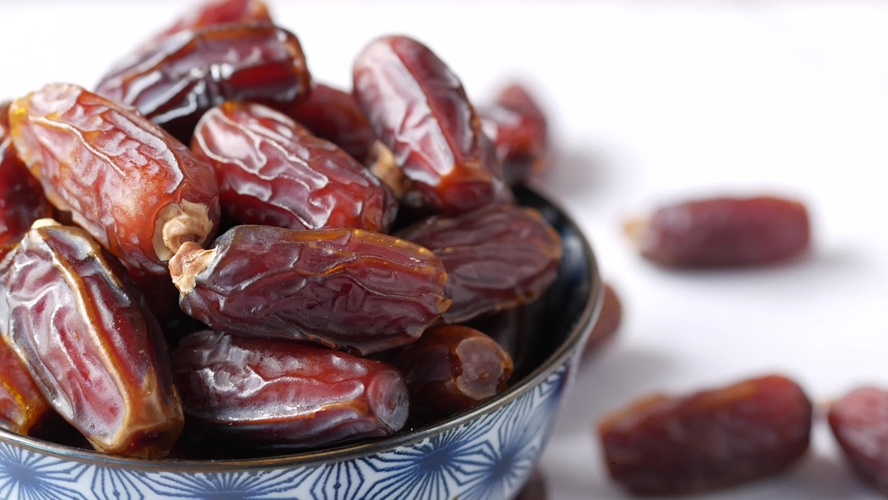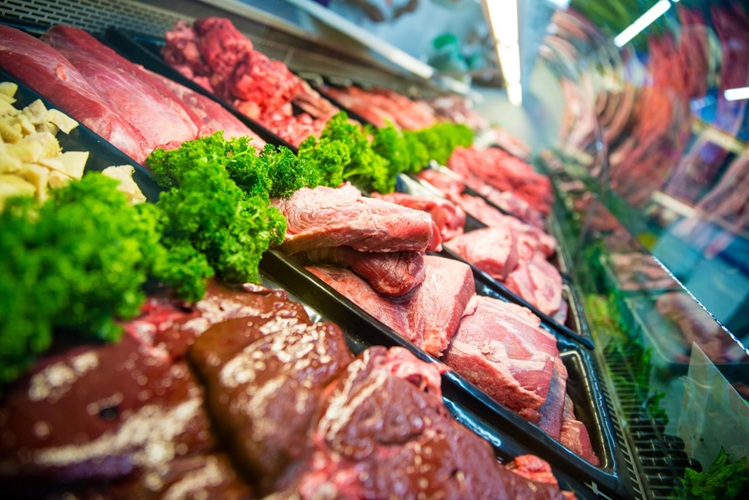- 1. WATER
i. Certain products contain up to 70% of water.
ii. Acting as a medium of dissolving other ingredients.
iii. Serves as a common reaction media for neutralization and hydrolysis reactions.
iv. Water use can be de-ionized, de-mineralized or distilled water.
v. Must be processed to have ion, mineral and microorganism free.
vi. Since water support microbial growth, water used for preparations cannot be kept long.
vii. The water contamination can occur in intermediate storage tanks, pipe work joints and the resin beds of de-mineralizing plant.
- 2. OILY MATERIALS
i. Have the ability to dissolve fats and are widely used as components in personal care and pharmaceutical products.
ii. Oily materials control the evaporation of moisture from the skin and are used mainly to improve feeling on use.
- 3. OILS AND FATS
i. Main components of oils and fats are triglycerides of fatty acids and glycerin
ii. Use mainly in creams and emulsions Examples: olive oil, camellia oil, coconut oil, castor oil.
- 4. WAX ESTERS
i. Esters of higher fatty acids and higher alcohols.
ii. Obtained from both plants and animals.
iii. have the same esters and include free fatty acids, higher alcohols, hydrocarbons, and resins.
iv. the fatty acids and alcohols constituting was esters are different from fats in that they contain relatively more carbon atoms (C20-C30).
v. Wax esters are used widely to harden things.
vi. Examples are candelilla wax, carnauba wax, jojoba oil, bees wax, lanolin.
- 5. HYDROCARBONS
i. Normally saturated and have carbon chains longer than C15.
ii. Examples are liquid paraffin, solid paraffin, and petroleum obtained from petrochemicals resources, as well as squalene obtained from both plants and animals.
- 6. HIGHER FATTY ACIDS
i. Compounds with the general chemical formula RCOOH, where R is either a saturated alkyl group or an unsaturated alkenyl group.
ii. Source of fatty acids can be from plants and animals.
iii. Fatty acids are mixed with fats and oils, waxes and hydrocarbons compounds for use as raw materials.
iv. Main use is in creams, lotions, emulsions.
v. Examples are lauric acid, myristic acid, palmitic acid, stearic acid and isostearic acid.
- 7. HIGHER ALCOHOLS
i. Monovalent alcohols with six or more carbons.
ii. Are broadly grouped into alcohols produced from natural oils and fats and alcohols produced from petrochemicals.
iii. Are used both as oil raw materials and as emulsion stabilizers in emulsified products.
iv. Examples : aCetyl alcohol, Stearyl alcohol, Isostearyl alcohol, 2- octyl dodecanol.
- 8. ESTERS
i. Esters are obtained from dehydration of acids and alcohols.
ii. Typical acids are fatty acids, polybasic acids, and hydroxyl acids.
iii. Typical alcohols are lower and higher alcohols and polyhydric alcohols.
iv. They are used as emollients, dye solvent, etc.
v. Examples are isopropyl myristate, 2-octyldodecyl myristate.
- 9. SURFACTANT (SURFACE ACTIVE AGENTS)
i. In the cleaning process, chemicals that are able to reduce surface tension effectively are called surface active agent or surfactant.
ii. A surfactant molecule consist of two parts, a hydrophilic (water liking) group and a hydrophobic (water hating/oil liking).
iii. surfactant has a special property, namely the interfacial activity
iv. Surfactant molecules align themselves at the surface, so their concentration at the surface is higher than in the inner regions.
v. This results in a change of system properties e.g. lowering the surface tension of water and change of wetting properties.
vi. Function of Surfuctants
- reducing water surface tension
- wetting the surface
- solubiliser
- cleaning agent
- Emulsifier
- 10. HUMECTANTS
i. Humectants are water soluble materials with high water absorption.
ii. They are important functions of cosmetics in maintaining skin moisture.
iii. For example, glycerin, propylene glycol, sorbitol, lactates, sodium hyaluronate.
- 11. POLYMERS AND BIOPOLYMERS
They are used as cosmetic raw materials are classified according to usage
i. Thickening Agents: It is used to adjust the viscosity of products to make them easy-to-use as well as to maintain the product stability. Example: natural polymers (xanthan gum) and synthetic polymers (carboxyvinyl polymer)
ii. Antioxidants
- To prevent the oxidation reaction of fats and oils.
- The reaction produces compounds with bad smell or causes safety problems such as skin irritation.
- Examples are tocopherol, BHA (dibutylhydroxytoluene), BHT (butylhydroxyanisol), gallic acid esters, etc.
- Typical antioxidant promoters are phosphoric acid, citric acid, ascorbic acid,maleic acid, malonic acid, fumaric acid, etc.
iii. Sequestering Agents
- When metallic ions are mixed with cosmetics, they can directly or indirectly lower the quality.
- Can block the action of pharmaceutical agents and can cause transparency to be lost through precipitation for lotion.
- Used to deactivate these metallic ions.
- Examples : Sodium EDTA, phosphoric acid, citric acid, ascorbic acid, succinic acid, gluconic acid, sodium polyphosphate, sodium metaphosphate.
iv. Additives
- Preservatives
- Color
- Perfume
- Therapeutic agents
- Vitamins
- Plant extract
- Opacifiers
- Pearlescing agents
- Viscosity agents






0 Comments